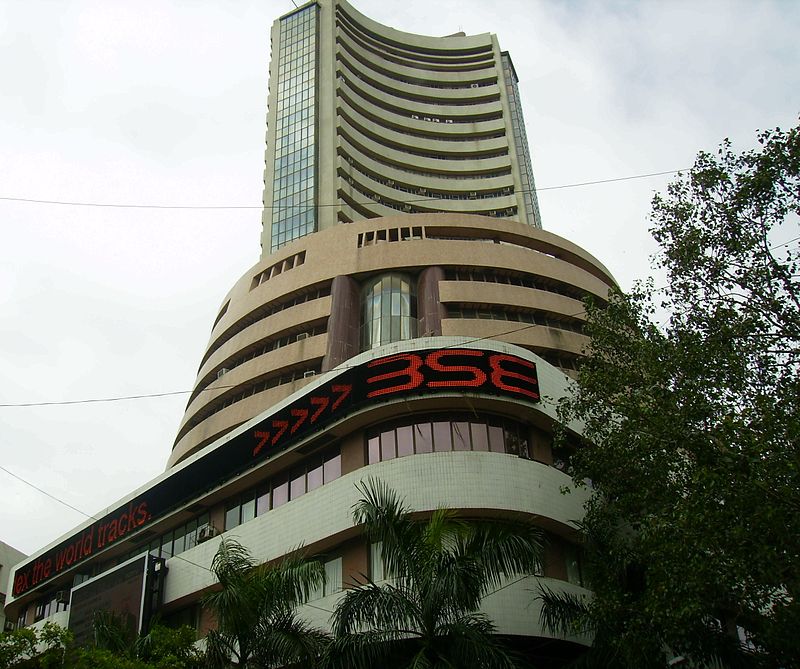By Arul Louis
New York– India’s confidence level in dealing with other countries economically has risen and it is now in a position to boldly consider multilateral trade arrangements as it has emerged as the fastest-growing major economy amid a “grim” global situation, according to Finance Minister Arul Jaitley.
 India once had “fears” about trade agreements, he said Monday at the Asia Society here in answer to a question about India’s attitude to the the Trans-Pacific Partnership (TPP). The trade pact is to bring closer together the economies of 12 nations stretching from New Zealand to Chile along the Pacific rim and include the United States. India is not in consideration for joining the pact, which has become controversial in the US because of fears of competition from further opening its markets.
India once had “fears” about trade agreements, he said Monday at the Asia Society here in answer to a question about India’s attitude to the the Trans-Pacific Partnership (TPP). The trade pact is to bring closer together the economies of 12 nations stretching from New Zealand to Chile along the Pacific rim and include the United States. India is not in consideration for joining the pact, which has become controversial in the US because of fears of competition from further opening its markets.
Developed countries going to protectionism is what is worrisome, Jaitley added.
Highlighting India’s emerging strength in the global economy, India’s ambassador to the United States, Arun Kumar Singh, said that in economic cooperation between the two countries, investments and job creation now went both ways. Indian companies had invested over $15 billion in the US and created about 100,000 jobs.
Jaitley agreed with former Australian Prime Minister Kevin Rudd who said he had noticed that in India the language of discourse about the economy had shifted away to discussions of the regulatory environment, growth and role of manufacturing. Rudd, who is now the president of the Asia Society Policy Institute and presided over the meeting, mentioned it as a sign of the maturing of the Indian economy and society.
Commenting on Rudd’s observation, Jaitley said the sections of society that support economic reforms are now bigger than those that oppose them.
India’s “competitive federalism” was helping speed up the pace of and change in attitude to reforms, he said. On the mainland all the states had turned revenue surplus except for the leftist states of Kerala and West Bengal, Jaitley said. But now even those states were coming on board with Kerala developing a private port and West Bengal wooing global investors.
The president of the Confederation of Indian Industry (CII), Naushad Forbes, said that while land reforms were stalled at the national level, states were taking the initiative in this area. Rajasthan, ruled by the Bharatiya Janata Party, and Tamil Nadu, run by a party that is in the opposition at the center, had both enacted land reforms and this was a sign of the emerging consensus for reforms, he said.
Forbes said that about a third of the new projects launched in India in recent times were in Telengana and Andhra Pradesh and this was because of the economic competition between the states.
Answering questions after his speech on “Make in India: The New Deal,” Jaitley described the global economic situation as “grim.” It was “worrisome” when many countries began to consider a growth rate of 1 to 2 percent “good.”
Although the global economic slowdown was hurting Indian exports, India’s own economy was doing well overall, he said. But at the same time, it could do better in regard to poverty reduction and industrialisation, he conceded.
The BJP government’s “New Deal” of Make in India was born of the need to alleviate the stress caused to the Indian economy with about 50 percent of the population working in the agriculture sector and the need to shift them away from it, Jaitley said.
He outlined the various measures taken by the government to help bring in investments for its Make in India policy, such as speeded up and transparent decision-making, reducing the discretionary element and giving a role for the market forces, and changes in taxation policy, while at the same time heavily investing in the infrastructure.
The areas for private investment were being expanded to now include defence, the railways, seaports, airports and other infrastructure, he said.
Economic Affairs Secretary Shaktikanta Das said that for Make in India, the nation wanted to offer a low-cost manufacturing environment, but this did not mean low wages. The low-cost structure would be achieved through lower financial costs, lower transaction costs, lower taxes, better logistics through infrastructure improvements, and an efficient bond market, he added.
Forbes said that the CII expected India’s growth rate to reach 8 percent this year because the monsoons were good after two bad years.






